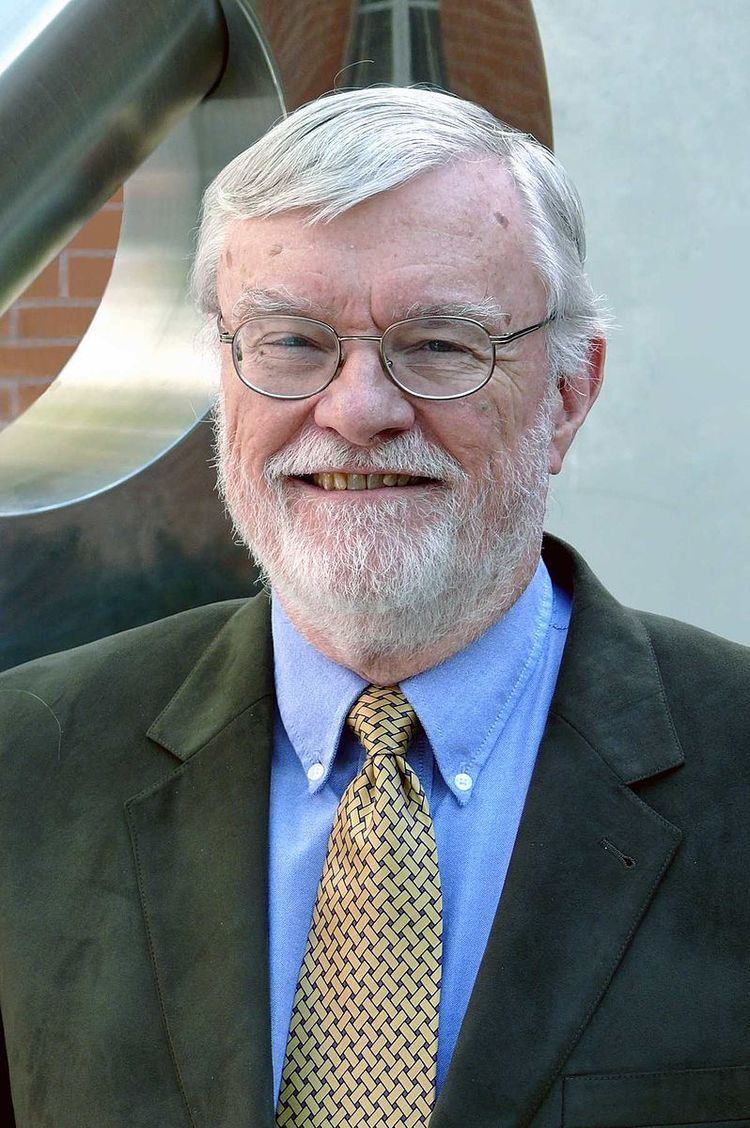Nationality American | Role Author Name William Arnett | |
 | ||
Institutions University of ChicagoUniversity of Arizona Doctoral students Casey A. MeakinPatrick Young Known for nuclear astrophysicssupernovae Institution | ||
William David Arnett is a Regents Professor of Astrophysics at Steward Observatory, University of Arizona, known for his research on supernova explosions, the formation of neutron stars or black holes by gravitational collapse, and the synthesis of elements in stars; he is author of the monograph Supernovae and Nucleosynthesis which deals with these topics. Arnett pioneered the application of supercomputers to astrophysical problems, including neutrino radiation hydrodynamics, nuclear reaction networks, instabilities and explosions, supernova light curves, and turbulent convective flow in two and three dimensions.
Contents
Academic career
Arnett received his B. S. degree from the University of Kentucky in 1961 and his M. S. and Ph. D. degrees in physics from Yale University in 1963 and 1965, advised by A. G. W. Cameron. After postdoctoral work with W. A. Fowler at the California Institute of Technology and Fred Hoyle at the Institute of Theoretical Astronomy (now Institute of Astronomy) of Cambridge University, he served briefly on the faculties of Rice University (working with Donald Clayton), University of Texas and University of Illinois before becoming the B. and E. Sunny Distinguished Service Professor at the University of Chicago and then Regents Professor at the University of Arizona.
Honors and awards
Arnett received the Hans Bethe Prize of the American Physical Society in 2009, and the Henry Norris Russell Lectureship of the American Astronomical Society in 2012. He has also received several other awards and honors, including:
